The History & Culture of Asado in Argentina
- October 2021
- By Mildred Kwan
- Recipe from Argentina
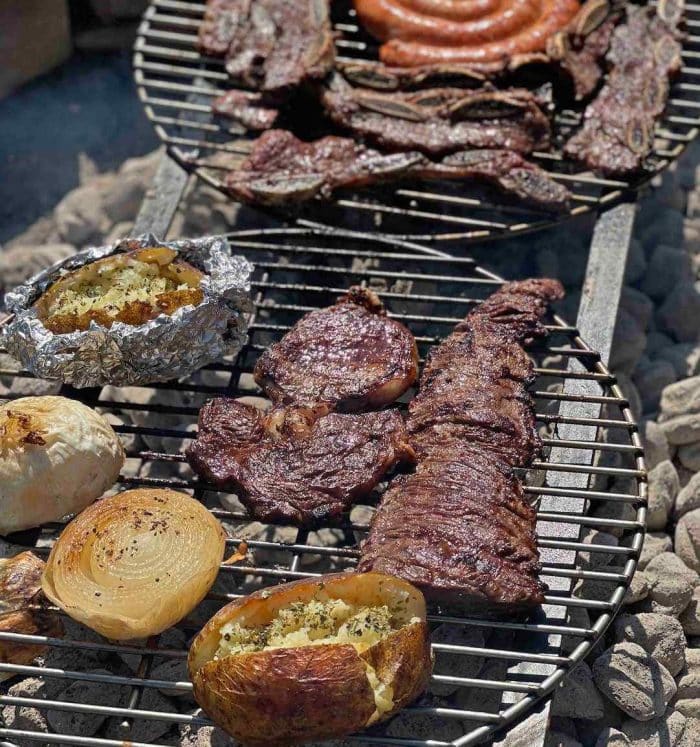
Asado is esencial to Argentina’s national identity, like the tango. The very word asado refers to both the gathering and the meal. An asado is as much about friends and family coming together, as the beef, vegetables and provoleta that will be expertly grilled over coals and served in stages over the next hours.
Asado is a tango with fire.
A traditional Argentinian asado starts with coaxing flames from wood. As the fire grows, the asador or grill master tends the coals, moving them under the grill racks when the temperature is just right.
Every step is an art requiring expert timing and experience.
As the heat rises, friends and family come closer to the fire, catching up and telling stories. The asador monitors the coals, the timing, what to grill when: fully in charge. As with the captain of ship, no interference is tolerated.
So Much More Than Salt, Heat & Meat
The asado process seems simple: salt, heat and meat. It’s not. The mastery comes in managing the direct and indirect areas of the grill to expertly prepare each cut of beef.
Before the guests arrive, the asador ignites the hardwood. The grill rack itself is called a parilla, and it can be laid to rest on just about anything: outdoor fireplace, backyard pit, oil drums or stacked cinderblocks.
The tools’ simplicity is the legacy of the gaucho, who traveled light and cooked with what was available on the central plains of Argentina, starting in the 19th century. The Argentinian version of cowboys and just as mythologized, gauchos were the unexpected result of Spanish colonization. In 1580, Spain set up a colony in what is now Buenos Aires. The conquistadors brought cattle with them from the Old World, and the animals flourished in the central Pampa province of Argentina. So fertile was the land, huge herds soon roamed it freely. The livestock needed tending, giving rise to the gauchos, who traveled with the cattle. They mastered the art of grilling every part of the animal, with coals they crafted from the local hard-wood quebracho tree.
In their itinerant campfires, across the Argentinian Pampa, the asado was born.
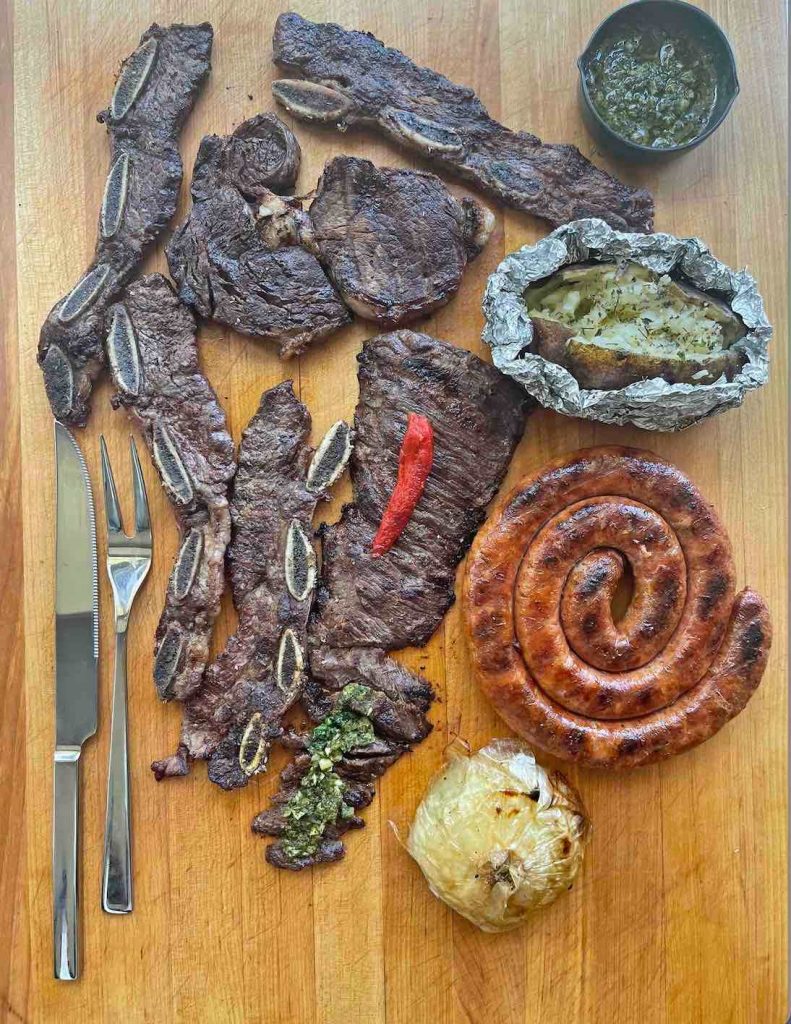
A Fire-Fueled Ritual for Friends & Family
Today, asado is a weekly ritual for many Argentinian families. When the guests arrive, the asador is already prepping the coals. Care is taken to use the whole animal, and there is an order to the grilling. The humble organ meats—called offal in English and achuras in Spanish: kidney, intestine, tripe, sweetbreads—are the traditional first course. This is usually the favored course for many asadores.
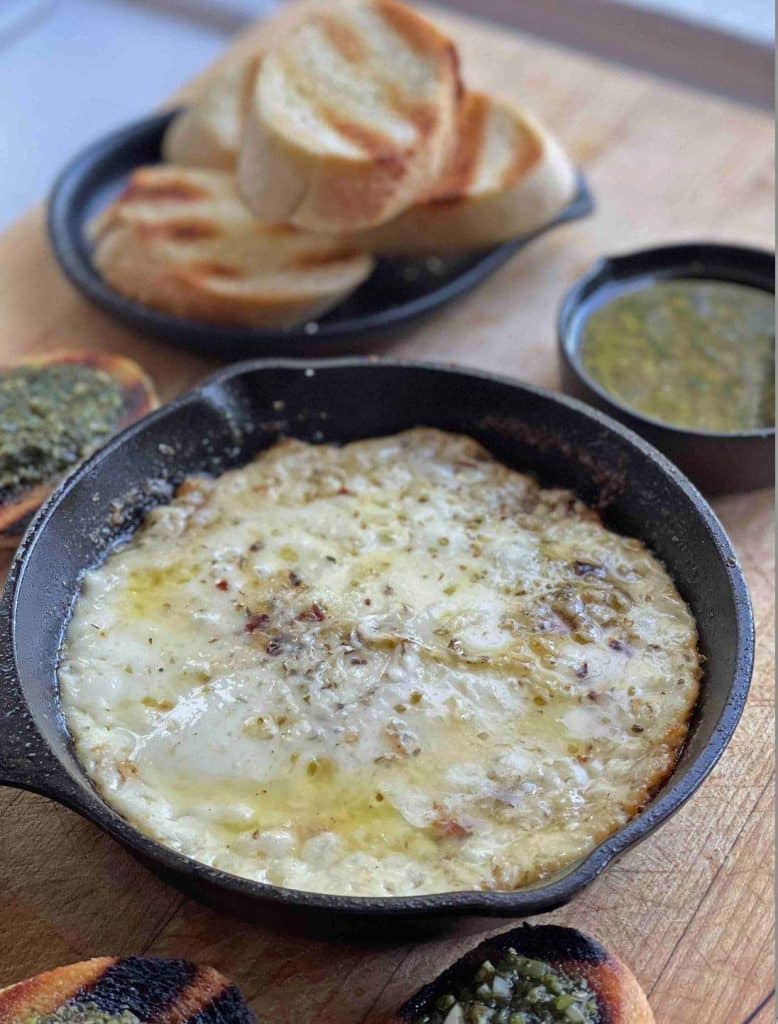
The asador often cooks a whole side of meat to maximize surface fat and flavor. Each cut should be turned just once for its juiciest preparation and sabor. The more marbling the better. All day, the asador tends to the embers for a low and slow roast, expertly managing the fire.

The goal is to prevent grease flareups and cook the meat evenly to rich perfección. Each cut is served nice and caliente, as soon as it is ready. While they wait for the carnr to cook, family and friends snack on the provoleta cheese and toast the asador—usually with Fernet straight or mixed with Coke, or a glass of malbec.

In the hands of a good asador, every course—provoleta, offal, sausages, vegetables, beef—are flavorful, thanks to the steady, slow grilling process. The only condiment served with the meat is a classic garlicky chimichurri sauce or salsa criolla, made with red bell pepper, tomato, onion, garlic and fresh parsley.
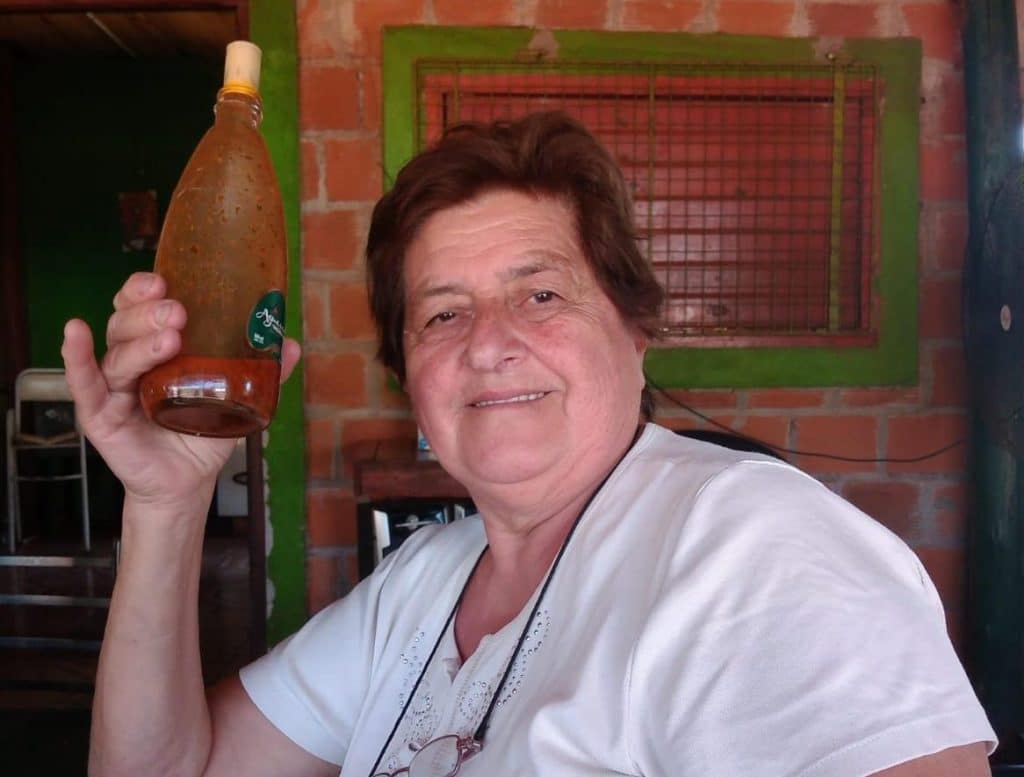
The asador typically saves the choicest beef for the grand finale: short ribs, flank, rib eye and more—in order of quality and preference. The crowd works through the prized cuts, the coals start to die, and the feast edges toward its end, tristemente.
Friends and family will soon head home, making plans when to meet and at whose house for the next parilla fest. And so the ritual of asado in Argentina endures.
Photos: Michelle Ezratty Murphy
MoreLike This

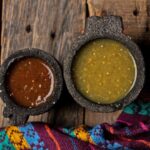



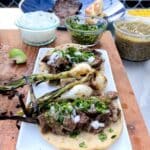

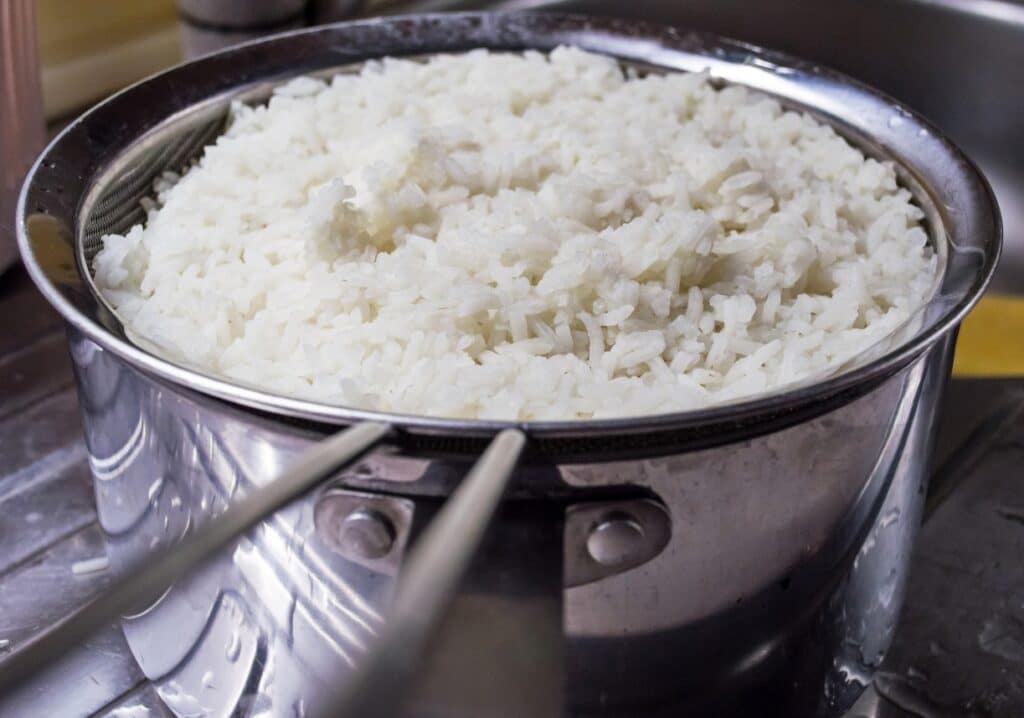

Got a question or suggestion?
Please rate this recipe and leave any tips, substitutions, or Qs you have!